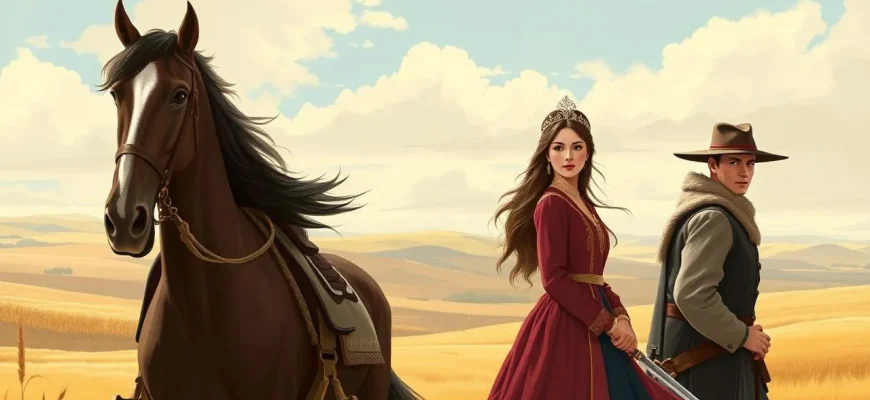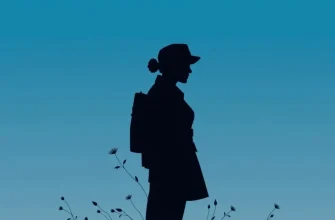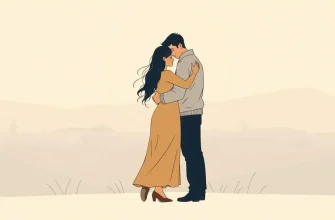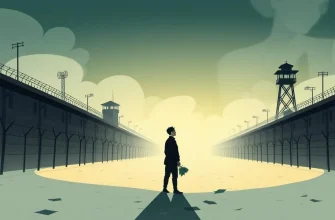Dive into the world of Cossack romance with this curated collection of melodramatic films. These stories not only capture the essence of love and passion but also delve into the rich cultural heritage and traditions of the Cossacks. From tales of forbidden love to epic sagas of loyalty and honor, these films provide a window into the heart of Cossack life, offering viewers an emotional and visually stunning experience.

The Cossacks (1928)
Description: This silent film by George W. Hill portrays the life of Cossacks in the Caucasus, focusing on a love story amidst the backdrop of war and cultural clashes. It's a rare glimpse into early cinematic depictions of Cossack life.
Fact: The film was one of the first to use Technicolor, showcasing the vibrant colors of Cossack attire and landscapes. It was also one of the last silent films to be released before the advent of talkies.
 30 Days Free
30 Days Free 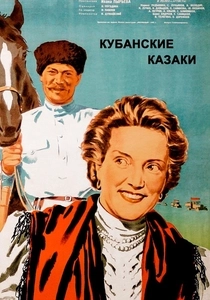
The Cossacks of the Kuban (1950)
Description: This Soviet-era film celebrates the life and culture of the Kuban Cossacks, with a central love story that reflects the collective spirit and traditions of the community.
Fact: It was one of the first Soviet films to be shot in color, showcasing the vibrant costumes and landscapes of the Kuban region.
 30 Days Free
30 Days Free 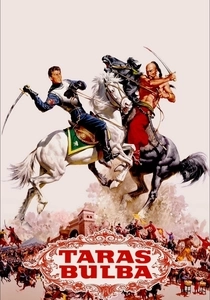
Taras Bulba (1962)
Description: This film adaptation of Gogol's classic novel tells the story of a Cossack leader whose son falls in love with a Polish noblewoman, leading to a conflict of loyalties and love. It's a quintessential tale of Cossack honor and the clash between duty and desire.
Fact: The film was shot in Argentina to capture the vast landscapes reminiscent of the Cossack steppes. Yul Brynner, who played Taras Bulba, was of mixed heritage, including Cossack ancestry.
 30 Days Free
30 Days Free 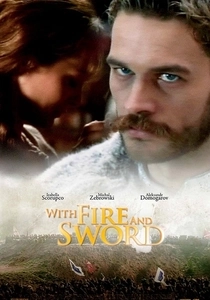
With Fire and Sword (1999)
Description: Based on the novel by Henryk Sienkiewicz, this epic film follows the love story between a Cossack and a Polish noblewoman during the Khmelnytsky Uprising, highlighting the complexities of love in times of war.
Fact: The film was one of the most expensive Polish productions at the time, with elaborate sets and costumes to authentically depict the 17th-century Cossack era.
 30 Days Free
30 Days Free 
The Horseman (2003)
Description: This film tells the story of a young Cossack who must navigate love, duty, and the harsh realities of war, offering a modern take on traditional Cossack themes.
Fact: The film was shot in Ukraine, using real Cossack descendants as extras to ensure cultural authenticity.
 30 Days Free
30 Days Free 
The Cossack Whip (1916)
Description: A silent film that explores the life of a Cossack who falls in love with a gypsy girl, leading to dramatic consequences. It's an early example of melodrama in cinema.
Fact: This film was directed by John H. Collins, who was known for his melodramatic films, and it features some of the earliest cinematic representations of Cossack culture.
 30 Days Free
30 Days Free 
The Wild Fields (2018)
Description: A modern Ukrainian film that intertwines a love story with the harsh realities of life in the Donbas region, showcasing the resilience and spirit of the Cossack heritage.
Fact: The film was shot in the actual conflict zones of Eastern Ukraine, providing a raw and authentic backdrop to the narrative.
 30 Days Free
30 Days Free 
The Cossack (1925)
Description: A silent film that delves into the life of a Cossack who must choose between his love for a woman and his duty to his people, set against the backdrop of the Russian Revolution.
Fact: The film was one of the first to explore the theme of Cossack identity in the context of political upheaval.
 30 Days Free
30 Days Free 
The Cossack's Bride (1912)
Description: An early silent film that captures the essence of Cossack romance, focusing on a young Cossack's quest to win the heart of his beloved amidst traditional customs and rival suitors.
Fact: This film is notable for its use of real Cossack dances and music, providing an authentic cultural experience.
 30 Days Free
30 Days Free 
The Cossack and the Nightingale (1935)
Description: This film tells the story of a Cossack who falls in love with a singer, exploring themes of love, freedom, and the clash between personal desires and societal expectations.
Fact: The film features a soundtrack that includes traditional Cossack songs, enhancing the cultural immersion for the audience.
 30 Days Free
30 Days Free 
